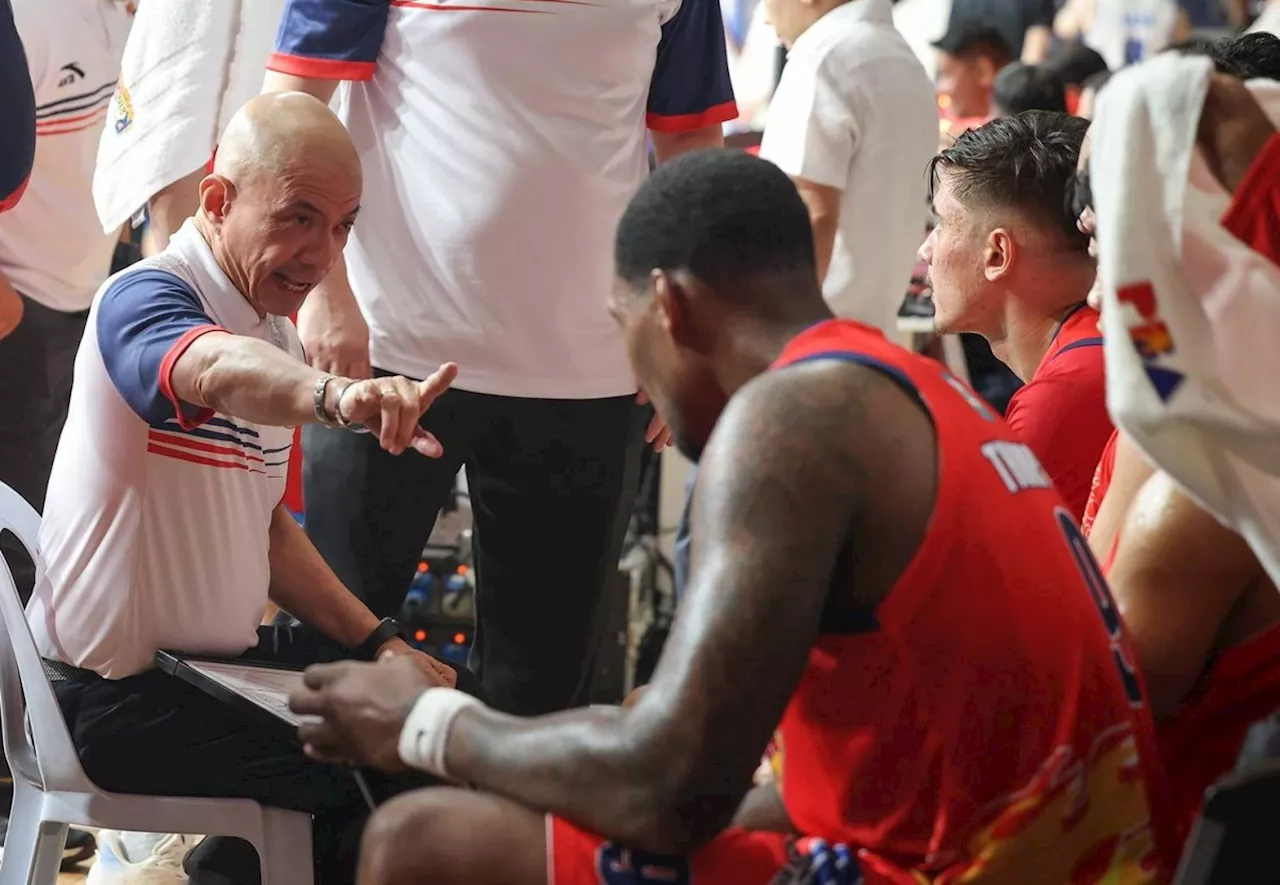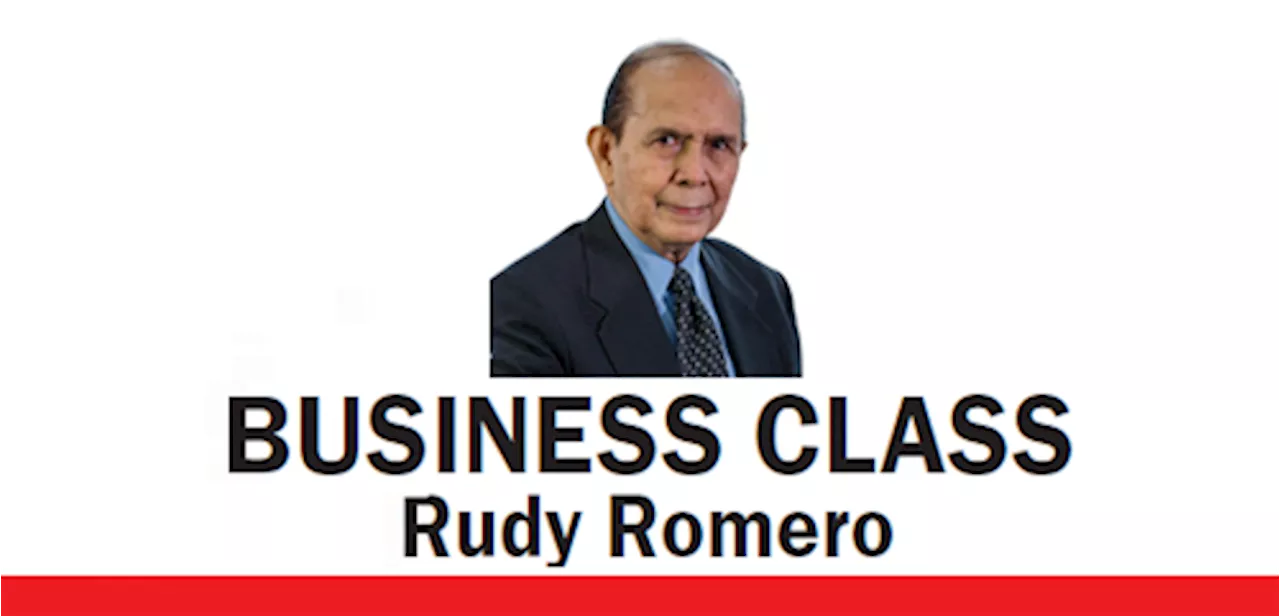This article explores the challenges faced by school administrators in retaining valuable employees, emphasizing the importance of designing work around individuals and adapting institutions to accommodate their growth and contributions.
Maintaining valuable employees and retaining them within an institution for the long term is a significant leadership challenge faced by many school administrators today. This challenge is amplified by the numerous enticing opportunities available to talented individuals.
Addressing this issue requires not only leveraging the motivational influence of leaders but also implementing strategies that ensure the institution's clarity of purpose and its ability to adapt and evolve to accommodate true assets that contribute to achieving institutional objectives.The common adage, 'People don't just quit a job; they quit a boss,' may no longer hold true in most cases. A study published in the Harvard Business Review by Brynn Harrington and Adam Grant, titled 'Why People Really Quit Their Jobs,' suggests otherwise. Harrington and Grant posit that employees leave their positions due to the nature of the work itself. They cited reasons such as a lack of job enjoyment, underutilization of their strengths, and limited opportunities for career growth. Therefore, the blame cannot be solely placed on managers; rather, the institution's rigid and confusing practices may be the root cause. This self-imposed behavior within institutions often results in valuable personnel feeling unfulfilled. For instance, individuals who undergo training or pursue advanced degrees at reputable foreign institutions, returning with enhanced skills and knowledge, may find themselves performing the same tasks as before their departure. This mismatch between their newly acquired expertise and their assigned roles can lead to feelings of irrelevance and discontent, prompting them to seek more accommodating institutions. These unfortunate situations arise from several factors: (a) training and studies that are not aligned with the institution's objectives; (b) the institution's lack of clear plans; and (c) the pursuit of simply inflating the institution's profile with teachers possessing impressive credentials. Ultimately, this misaligned direction can result in a decrease or continuous loss of valuable human capital. If an institution invests in its people's development, it must utilize their newly acquired skills and knowledge. The article proposes a progressive approach in such cases, suggesting that, 'If you want to keep your people — especially your stars — it's time to pay more attention to how you design their work. Most companies design jobs and then slot people into them. Our best managers sometimes do the opposite: When they find talented people, they're open to creating jobs around them.' Today, leadership in institutions demands a more thoughtful and flexible approach. Ignoring the warning signs of talent and asset crises can have costly and regrettable consequences, as one institution's loss becomes another's gain.Jesus Jay Miranda, OP, is an organization and leadership studies resource person. He teaches at the Graduate School of the University of Santo Tomas and the Department of Educational Leadership and Management of the Bro. Andrew Gonzalez, FSC–College of Education of De La Salle University in Manila. [email protected]
Leadership Talent Retention Employee Engagement Institutional Growth Professional Development
Philippines Latest News, Philippines Headlines
Similar News:You can also read news stories similar to this one that we have collected from other news sources.
 Rain or Shine Wins Fourth Straight, Coach Guiao Sees Valuable Lessons in Close GamesRain or Shine extends their winning streak to four games in the PBA Season 49 Commissioner's Cup, defeating Terrafirma 124-112. Coach Yeng Guiao acknowledges the importance of close games for his young team's development, highlighting their resilience and ability to learn from challenging situations.
Rain or Shine Wins Fourth Straight, Coach Guiao Sees Valuable Lessons in Close GamesRain or Shine extends their winning streak to four games in the PBA Season 49 Commissioner's Cup, defeating Terrafirma 124-112. Coach Yeng Guiao acknowledges the importance of close games for his young team's development, highlighting their resilience and ability to learn from challenging situations.
Read more »
 Jollibee Named Most Valuable Restaurant Brand in ASEANJollibee, a Philippine fast-food chain, has been recognized as the most valuable restaurant brand in the Association of Southeast Asian Nations (ASEAN) by Brand Finance, a global brand valuation consultancy. The brand's value surged by 51% to $2.3 billion.
Jollibee Named Most Valuable Restaurant Brand in ASEANJollibee, a Philippine fast-food chain, has been recognized as the most valuable restaurant brand in the Association of Southeast Asian Nations (ASEAN) by Brand Finance, a global brand valuation consultancy. The brand's value surged by 51% to $2.3 billion.
Read more »
 Modern vs. Contemporary Art: Exploring the DifferencesThis article delves into the distinctions between modern and contemporary art, examining the historical context, key movements, and notable artists who have shaped these artistic paradigms. The text also highlights the evolution of modern art in the Philippines, showcasing the influential role of Victorio Edades.
Modern vs. Contemporary Art: Exploring the DifferencesThis article delves into the distinctions between modern and contemporary art, examining the historical context, key movements, and notable artists who have shaped these artistic paradigms. The text also highlights the evolution of modern art in the Philippines, showcasing the influential role of Victorio Edades.
Read more »
 Metro Supermarket Revamps Fresh Section for a Modern Shopping ExperienceMetro Supermarket has unveiled a newly redesigned Fresh Section, emphasizing fresh, high-quality products and a modernized shopping experience. The revamp features contemporary displays, a wide selection of locally sourced and imported goods, and customer-focused initiatives like 'Fresh Savings Today!' and free delivery services.
Metro Supermarket Revamps Fresh Section for a Modern Shopping ExperienceMetro Supermarket has unveiled a newly redesigned Fresh Section, emphasizing fresh, high-quality products and a modernized shopping experience. The revamp features contemporary displays, a wide selection of locally sourced and imported goods, and customer-focused initiatives like 'Fresh Savings Today!' and free delivery services.
Read more »
 Babygirl: A Modern Erotic ThrillerBabygirl follows Romy Mathis, the CEO of a robotics company, as she navigates a world of corporate control and hidden desires. The film explores themes of gender dynamics and power, blurring the lines between manipulation and attraction.
Babygirl: A Modern Erotic ThrillerBabygirl follows Romy Mathis, the CEO of a robotics company, as she navigates a world of corporate control and hidden desires. The film explores themes of gender dynamics and power, blurring the lines between manipulation and attraction.
Read more »
 Modern Jeepney Crash in Bulacan Kills Two, Injures 19 Including StudentsA modern jeepney, attempting to overtake a vehicle, collided head-on with a tricycle, leading to a fatal accident in Calumpit, Bulacan. Two individuals died, and 19 others sustained injuries, including several students from Bulacan State University. The Land Transportation Franchising and Regulatory Board (LTFRB) has issued a preventive suspension order against the jeepney operator while an investigation is underway.
Modern Jeepney Crash in Bulacan Kills Two, Injures 19 Including StudentsA modern jeepney, attempting to overtake a vehicle, collided head-on with a tricycle, leading to a fatal accident in Calumpit, Bulacan. Two individuals died, and 19 others sustained injuries, including several students from Bulacan State University. The Land Transportation Franchising and Regulatory Board (LTFRB) has issued a preventive suspension order against the jeepney operator while an investigation is underway.
Read more »
